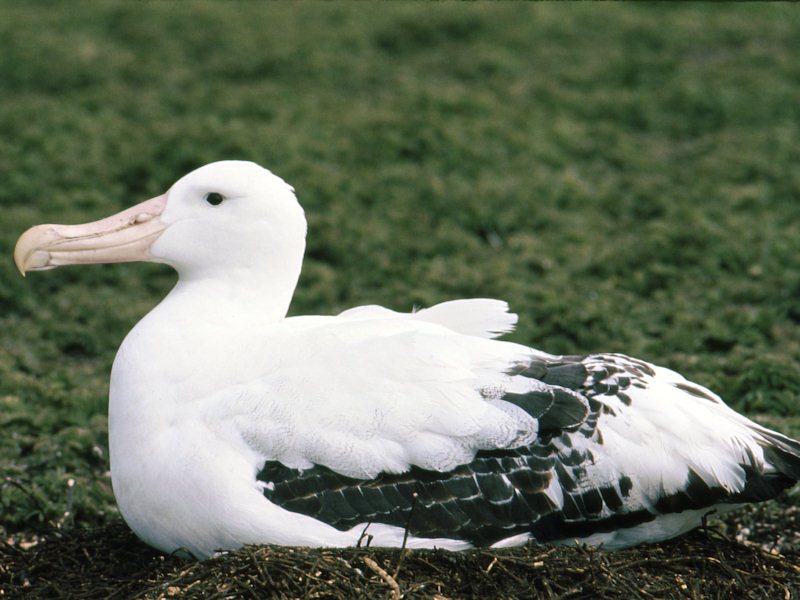Photo
album: "Other hikes"
Fly
over a photo with the mouse to enlarge it
Click
on a photo to open it in a new window
Whilst
we are waiting for the second ARAKS launch, we proceed with the works in Géophy
laboratory and with modifications on the equipments already there before this
campaign. Particularly the ionosonde which is 3-kilometre distant from the
Géophy laboratory has been modernised and a remote monitoring has been
installed. When the works and the weather allow it we spend a few hours for
continuing our exploration of the neighbourhoods of Port-aux-Français. A first
walk will lead us in direction of mounts of Chateau and another one around
Pointe Suzanne where a lot of animals live.
 |
During a walk north of the base, we
cross a plain covered with another kind of vegetation typical of
Kerguelen: they are tufts of azorella, this plant grows in barren moraine
areas, above 100 m altitude. |
 |
From the top of a rocky hill we
sight the river which flows from mounts of Chateau. Trout and char have
been introduce there as well as in some other rivers of Kerguelen. They
make anglers happy and also the ones who have the pleasure to taste them.
|
 |
Another view of river of Chateau,
looking to the downstream direction. |
 |
Perched on another hill, nearer to
the mounts, we perceive the waterfall of river of Chateau.
|
 |
Another hike leads us around
Pointe Suzanne. The vegetation here, typical of wetter areas, is mainly
constituted of acaena. |
 |
On a beach we see a colony of
elephant seals. A harem as it is called here, it is composed of females under
the "protection" of a unique male, the Pasha. |
 |
A little farther we come upon a few
king penguins walking along a hillside. |
 |
This is a larger group of king
penguins, amongst them there are some young ones which have not finished
their mutation yet. Near the group we can see smaller penguins walking,
they are gentoo penguins. They do not mix with the king penguins but they
do not run away from them either. |
 |
Here, near acaena tufts, we find a
small group of gentoo penguins. |
 |
A seagull flies over us. |
 |
We come near a great albatross
which is on its nest covering its single egg. Our presence does not
frighten it at all but it knows how to warn us, if it thinks we are too
close, with a deep and persuasive voice. My friend Patou is taking a few
pictures, I will do the same but we will try not to disturb it too a long. |
 |
I am using a telephoto lens in
order to stay far enough from the bird. Great albatrosses have an average
wingspan of 3.10 m (2.5 to 3.5 m, but some of them can reach 3.7 m), their
body length varies from 1.10 to 1.35 m and their weight from 6 to 12 kg (8
kg in average). They are really big birds! |
 |
Close-up on its head in order to show its beak which seems to be made of
different parts glued together, this reminds me somewhat the giant petrels. |
 |
Farther, we are watching another
great albatross which is trying to take off. It is a rather difficult task
on a flat ground without wind. We see it running to gain speed. This
process is much easier for the ones which nest in cliffs as in Crozet
islands, because to take off they merely dive into the void. |
 |
The albatross has gained speed and
is opening its wings to get off the earth and be finally able to beat its
wings to gain altitude. It will have to make many attempts before
succeeding in taking off. However once it is flying, it can remain for
days without touching earth, it lets itself to be born by the wind without
moving its wings at all. It is a real glider able to cover very long
distances. |
Go
back
.
.
.
.
.
.
.








